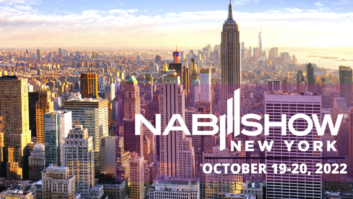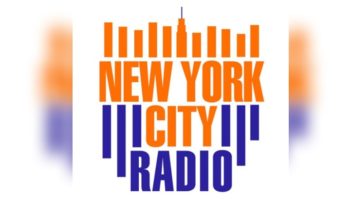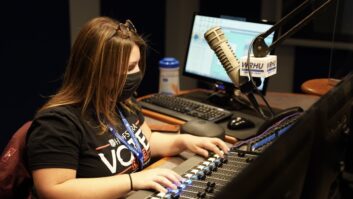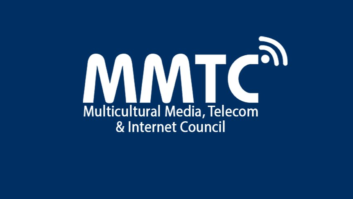I feel a connection to people who produce audio for the visually impaired. In the past I regularly recorded the New York Times Travel section as a volunteer for the blind in Delaware; and I came to know a number of fine organizations that support the visually impaired when I was selling broadcast equipment including a line of subcarrier receivers that was popular with those services.
So although I’m not on site to see this first-hand, I can envision the concerted effort and sense of purpose that have taken hold among volunteers for the Radio Reading Project in New York City.
According to a project update, the group was incorporated in December to replace the service that had been supplied by In Touch Networks. The latter ended operations last fall after 39 years. “The In Touch service provided programming to an estimated local and national audience of 490,000 blind and visually impaired persons through local subcarriers, and a national network of affiliate stations,” the Radio Reading Project states. Gail Starkey, former station manager of In Touch, is president of the RRP.
Volunteers read periodicals including the New York Times and Wall Street Journal. Listeners typically receive programming using dedicated receivers tuned to the local FM station — WKCR(FM) in New York or one of 56 affiliates in 23 states. Programming and the network have been maintained since October by volunteers using closed-circuit Internet feeds of programming originating from home studios, coordinated on a volunteer basis by Starkey and Richard Koziol of Peak Communications Services, according to the summary from the RRP.
Network program feeds have been supplied by The SightSeer of Grand Rapids, Mich., and are being sent to New York via Internet for local subcarrier distribution on WKCR and network distribution via the NPR Satellite System and closed-circuit Internet streaming servers.
The group wants to re-establish full-time New York City operations and hopes to resume local programming by mid-year. Koziol stated in a recent announcement, “Even though we are successful in keeping the existing network operational, we believe it is time to bring this service into the future using current and developing technologies. Subcarrier services were built around 1970s technology and we believe that it’s time to use what’s available today to get this vital service to every individual who needs this connection to the outside world.”
Echoing comments I’ve heard from others in the specialized world of reading services, he said this audience has other specific needs. “They are often tied to their radios throughout the day. For example, there needs to be a system in place to get specific information to them in the event of emergencies using their radios.”
The group now has added two prominent broadcast names to its board as it builds its effort. Les Marshak is a veteran voice talent, heard daily introducing NBC’s “Today Show.” He was a volunteer reader for In Touch Networks for 15 years. John Lyons, well known to Radio World readers, is assistant vice president and director of broadcast communications for The Durst Organization in New York, which owns facilities including 4 Times Square.
I salute the volunteers who are working to keep radio reading services alive in the New York area, and commend them for efforts in finding creative new ways to put that important content into the ears of people who treasure it.











